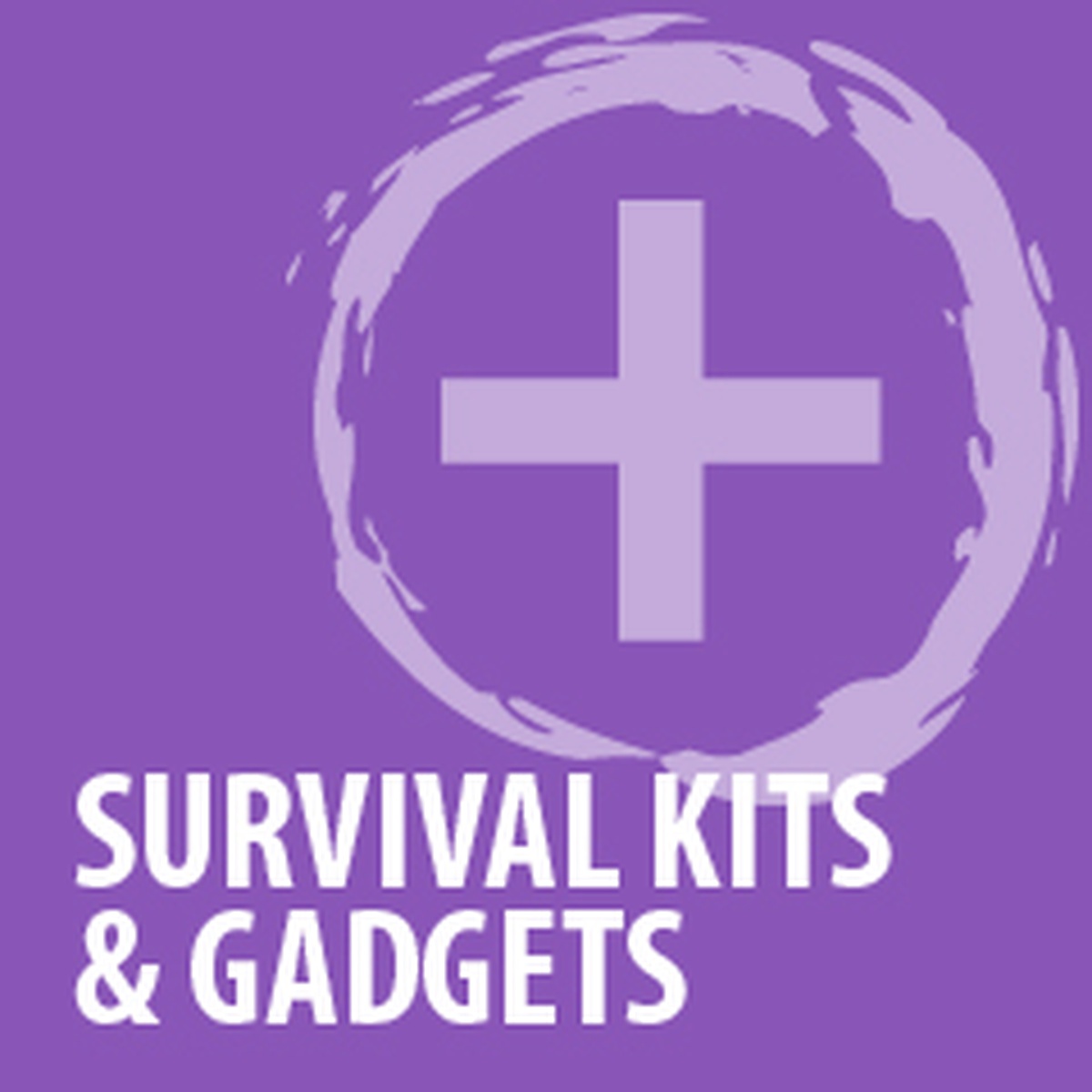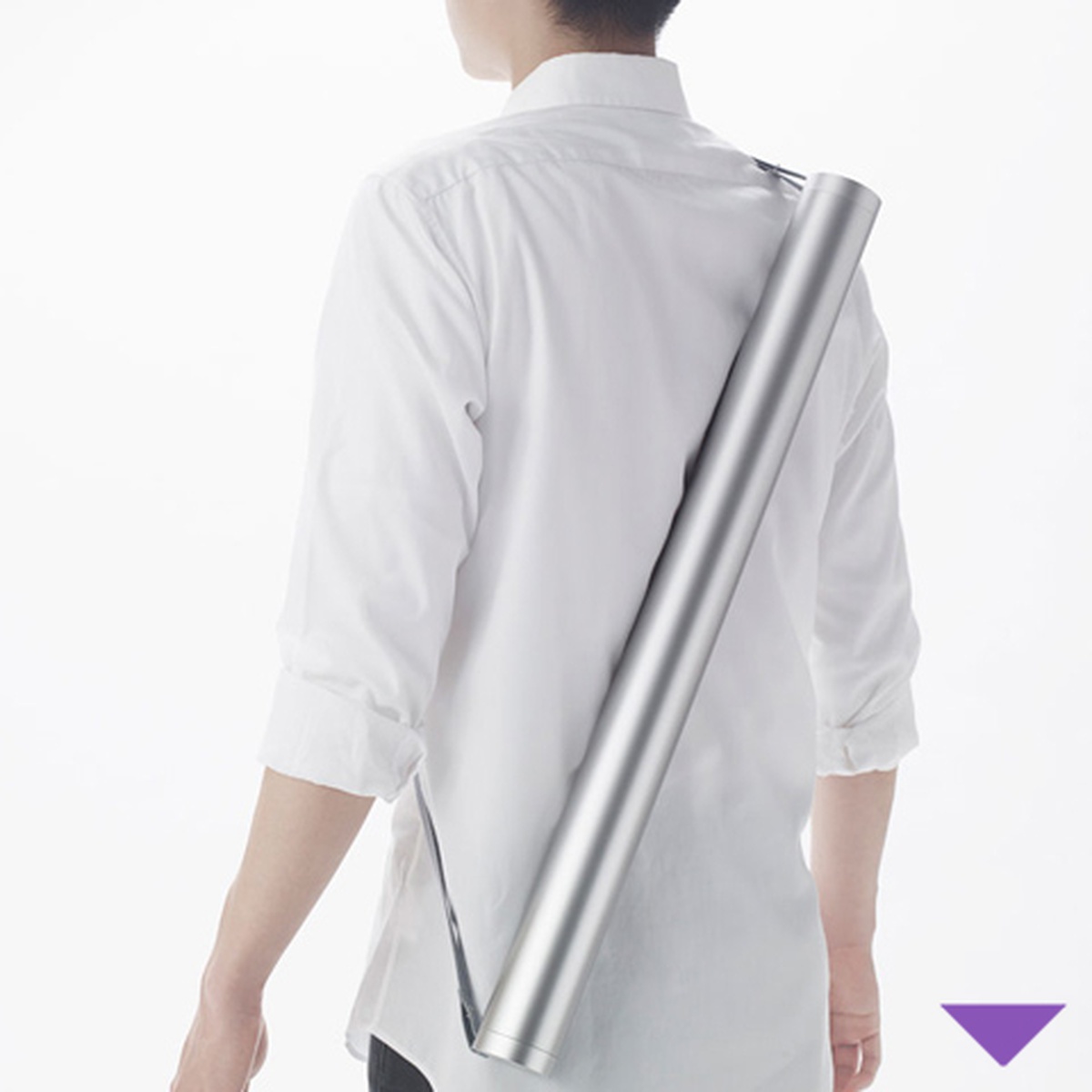Museo del Design del Friuli Venezia Giulia – Associazione di Promozione Sociale
P. IVA e CF 02863400301 – info@mudefri.it


“People ignore design that ignores people.”
[Frank Chimero, American designer, writer, and illustrator]
It must contain the essential, always at hand, able to adapt to different types of emergencies, easy to use even in difficult conditions, should not - if possible - include language barriers (better icons), must be adapted to individual needs; it must be durable, aesthetically pleasing, so you do not end up hiding in inaccessible places ...
Even from this first incomplete list it is clear that how to design and produce an efficient emergency kit is not exactly easy. Needless to say, the 'universal kit' does not exist and could not be otherwise. I do not know if it's already been done, but a comparative study between kits of different countries and even from different ages could tell us a lot about the society that produced them.
Despite jokingly demonstrating how easily we tend to associate the emergency kit to the idea of ??useless gadgets, actually the issue deserves to be explored and seriously designed in different latitudes and different needs.
Compared to the recent past, some proposals have been updated to include devices for charging electronics consumer goods (manual, solar, etc.) and to give some attention to environmental sustainability in the choice of materials and finally to an aesthetics aimed to expand the product target, including also some design-addict. However, even considering the behavior of an average Western consumer, it remains unclear why in the case of an emergency survival kit is identical for any gender, generation, physical and mental status. What do, for example, people with disabilities think about it? Food for thought, dear designers...
Nendo, Japan, 2015
in this section
- Minim+Aid_basic only
- Heat Rescue Disaster Recovery
- Laser Cut Survival Kit
- Patch survival kit